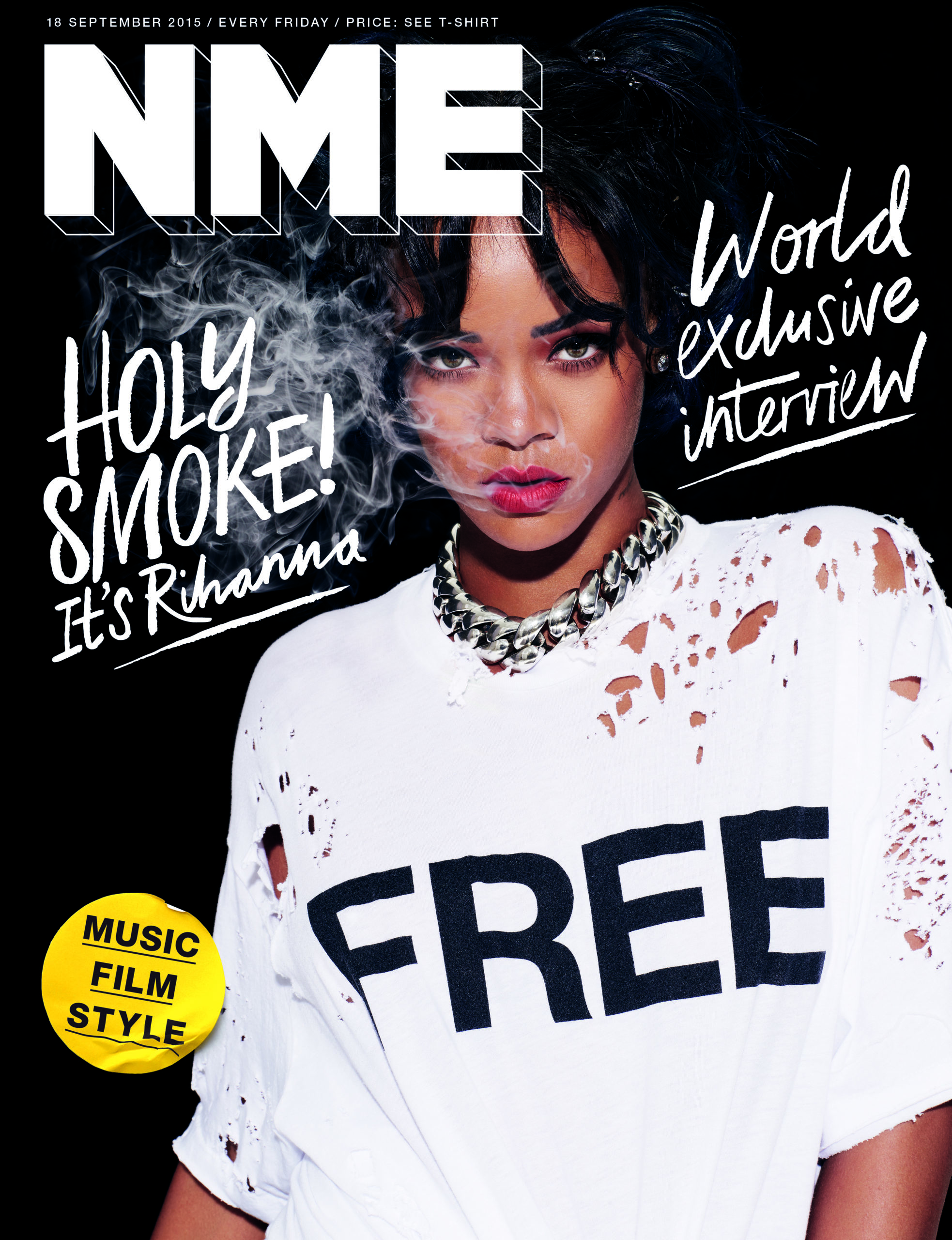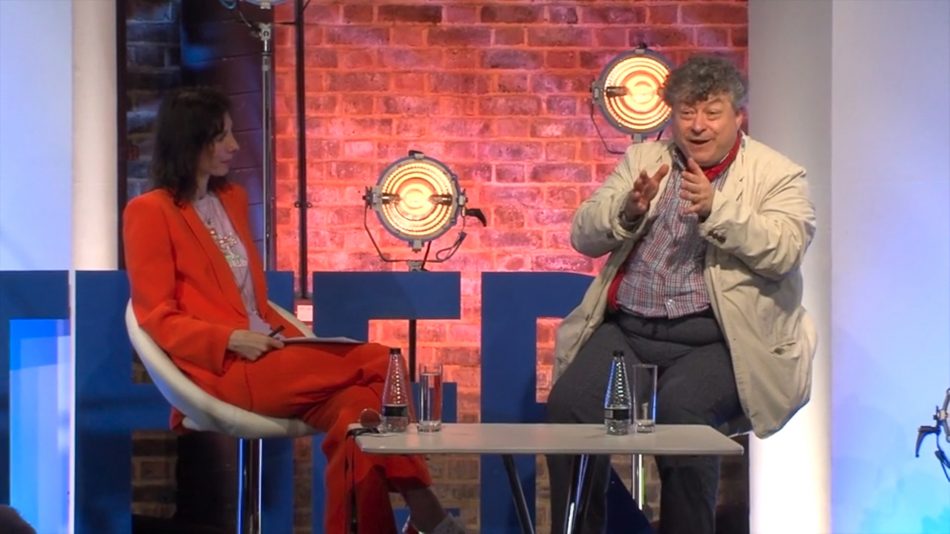Public NME – Iconic music brand goes free
Amplifi’s Publishing Team Exec Rob Clarke gives his personal view on what the move to make NME free means for advertisers and the iconic music brand.
Last week NME announced it was going free, giving it a new mass audience and anchoring the printed title as an important part of the iconic magazine’s future. For a brand so rich in history it’s refreshing to see that with some strategic thought Time Inc. UK (NME’s publisher) has found an angle to not only preserve the rich history of the brand in its printed form but also allow it to be profitable into the future.
The announcement sees the iconic magazine move to a free distribution model from September 2015 and increases the circulation from 15,000 to 300,000. The distribution model is similar to the strategy successfully adopted by other magazine titles including, Sport and Time Out, with NME issues being handed out at London tube stations, selected retailers, as well as to students at university campuses nationally.
Harder, Better, Faster, Stronger
To go along with the broadening of the audience there will be an increase in its content output and range with more coverage of film and other artistic pursuits. There will also be new original as well as curated content appearing across all platforms and an expansion of live events. Complementing these print changes NME.com will also get an overhaul with more video franchises and greater engagement with users on new social platforms.
We have seen similar commercial turns in the publishing market successfully implemented by Time Out and the Evening Standard which went free in 2012 and 2009 respectively. These moves saw Time Out increase circulation from 52,000 to the 308,512 and the Standard from 235,000 to the 887,000 they are circulating today.
Money Trees
Looking at the numbers simply, NME’s current circulation of circa 15,000 and a cover price of £2.50 results in £39K per week in sales revenue. Taking into account the fact that the ad space in the magazine is going to be more valuable than it is today they would only need to sell an additional eight pages of advertising a week to recoup the loss from making the magazine available for free. This should be achievable given the much broader appeal to advertisers they will now have and the existing relationships Time Inc. UK has with the major media agency groups.
Since the ABC audit was introduced, NME’s circulation peaked at 121,001 in H2 1990 – they are now looking at more than doubling that peak in print. More audience is great for advertisers but it could dilute influence with young opinion leaders.
Touch Me
Getting the magazine in the hands of more consumers also plays to the key traditional strengths of magazines in touch and tangibility as well as trust. This year Crowd DNA and Magnetic re-affirmed some things we inherently already knew about prints tangibility in their ‘Rules Of Attraction’ study. Of 15,000 people surveyed 9/10 agree it just feels better holding a printed copy of a magazine and 9/10 also agreeing they prefer printed versions.
A qualitative study also returned responses that reiterated the consumers perception about trust such as: ‘I think the idea something has been committed to print suggests there’s an investment that has happened before the content has even reached the reader’. This suggests the reader might be more likely to trust and believe opinion and articles in printed form. Perhaps it’s important to remember the basics of why people like consuming print in the first place, why people can feel a strong connection with and trust it and how advertisers can tap into these feelings and perceptions.
The College Dropout
University distribution, giving a younger consumer something they feel is relevant and can engage with, as well as being easily and habitually accessible, could have a spill over effect into their perception of and likelihood to engage with other printed media in the future. No doubt NME will also look at this as an opportunity to drive new consumers to online and social channels and have them further engage with content.
This is a great example of print continuing to function as an anchor role for the brand in that there’s a lot going on around it but the printed NME and its history keeps everything in place.
22nd Century
There are going to be challenges as a result of going free but there are challenges in everything, print circulations in decline are a challenge for publishers and The NME has answered that one.
This change is a positive one, it recognises there is still an audience to reach for advertisers in print, it recognises an angle to grow revenue, it recognises traditional strengths of print in touch and tangibility, it recognises print can be used to increase engagement with other channels and it recognises the wonderfully rich history of the brand. It would have been a real shame if the printed edition had faded away, condemned to saying goodnight in a fading light, instead of seeing a new clear blue morning.


